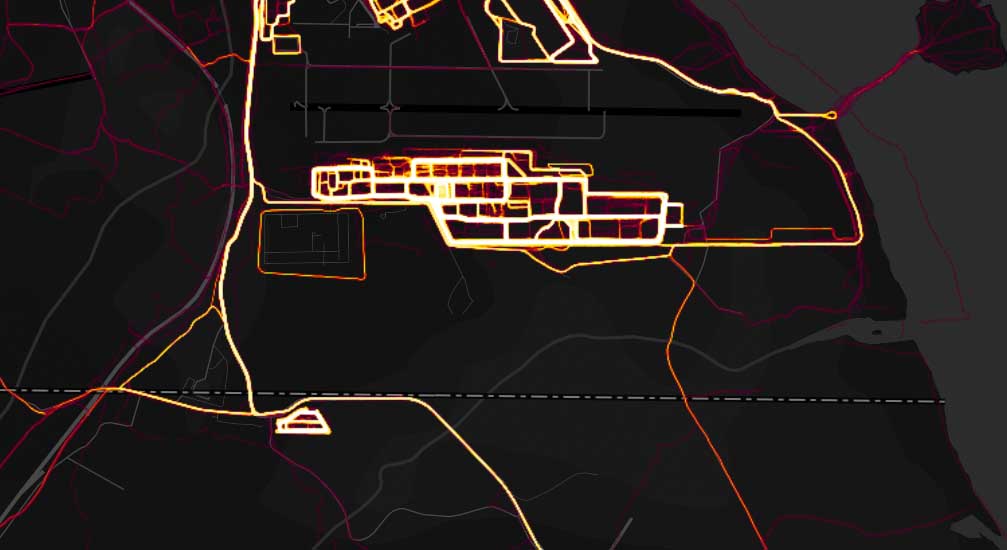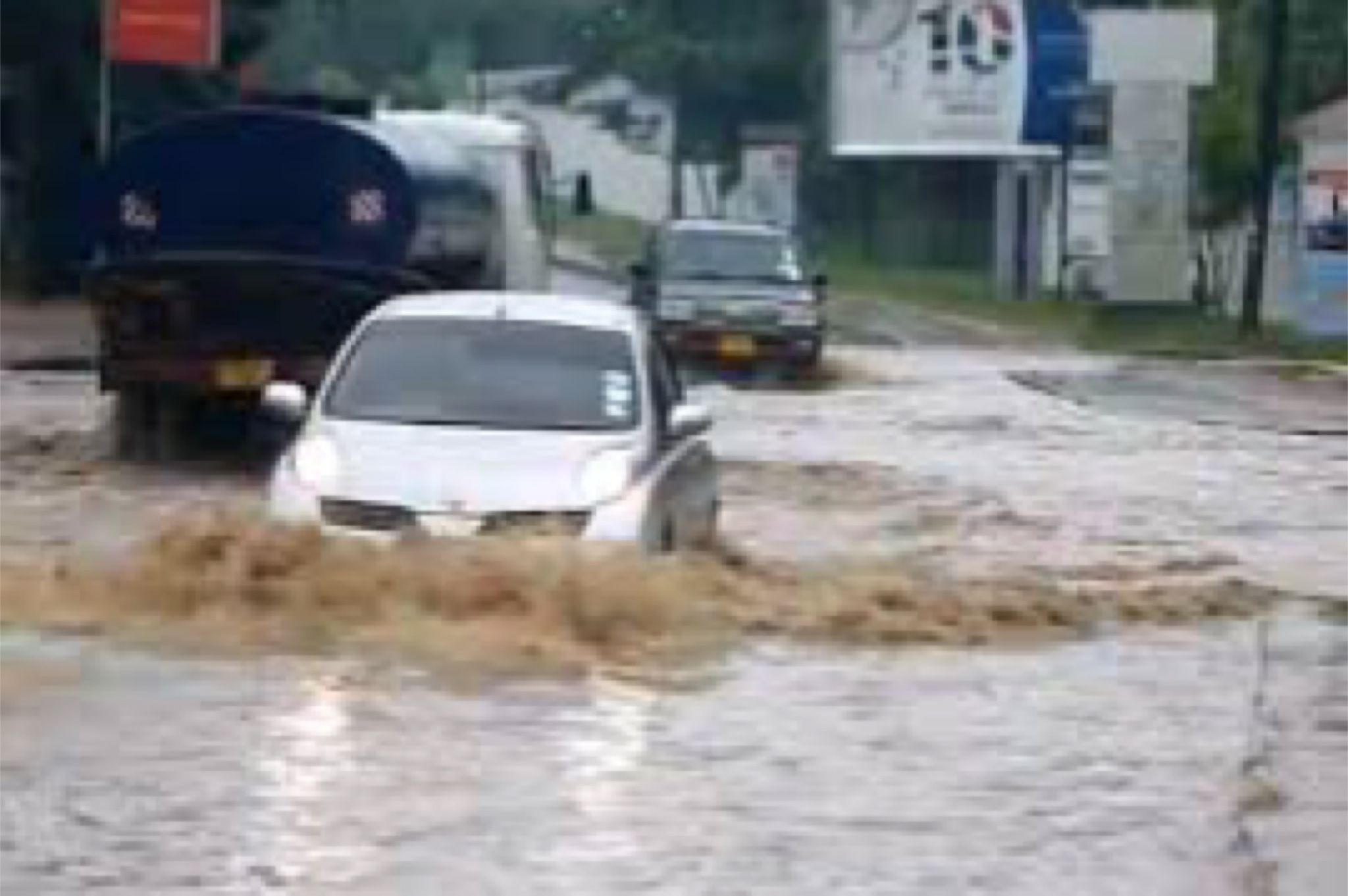Strava Fitness-tracking app revealed that beginning from Tuesday, it will remove some data and restrict access to an online map that unintentionally revealed military posts and other sensitive sites.
The app, which has 27 million users around the world, uses a mobile phone's GPS to track a subscribers exercise activity, showing the paths its users log as they run or cycle.
Strava’s heat map shows exercise routes in colors such as white, orange and purple that signify their popularity.
The map attracted worldwide attention in January, when researchers, journalists and private security experts used it to deduce where military personnel were deployed, by looking on the app for workout locations in war zones.
According to Chief Executive James Quarles, Strava is launching a new version of the heat map, a tool that displays data in map form, that will bar access to street-level details to anyone but registered Strava users.
Roads and trails with little activity will not show up on the revised map until several different users upload workouts in that area.
The map will also be refreshed monthly to remove data people have made private.
Security experts previously spotted on Strava’s map what they believed to be the movements of U.S. soldiers in Africa and of people who work at a suspected Taiwanese missile command, all of whom had shared workouts apparently without realizing the implications.
Quarles said that the company did not anticipate that people would find sensitive information on the map because fitness data is shared voluntarily. The company does not track people without their knowledge, he said.
Strava customers have the option of keeping their workouts private, and the map included no names. But the episode underscored how big data sets held by Silicon Valley companies can be used for unintended purposes.
Quarles said, so far there have been no traces of hacking attempts, and that the company was not aware of any physical attacks through the use of Strava’s heat map.
The idea behind the heat map, which launched in 2014, was to assist people find new places to exercise. About 100,000 people use it, Quarles added.
He also said Strava has been in contact with U.S. defense and intelligence officials, and he said they did not ask Strava to take down the map.



















